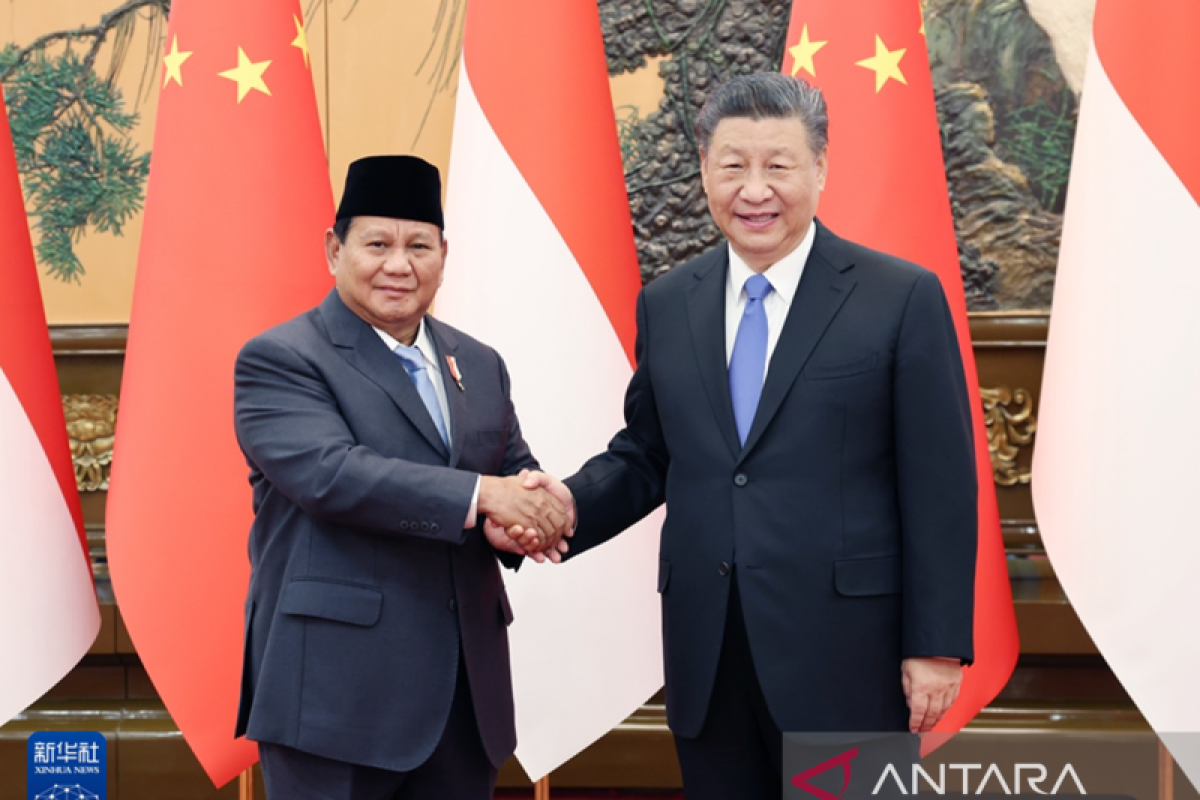Friends, followers, buckle up. The financial world just witnessed a seismic shift. After a staggering 34 years, Japan has relinquished its title as the world’s largest creditor nation. Yes, you read that right. Germany has taken the crown.
Let’s break this down. While Japan’s total net external assets hit a record high of ¥533.05 trillion (roughly $3.7 trillion) at the end of last year – partly thanks to the plummeting yen – it still falls short of Germany’s ¥569.65 trillion. This isn’t just about numbers; it’s about power and influence in the global financial landscape.
What’s going on here? The weak yen is a key driver. It artificially inflated the value of Japan’s foreign assets when converted back to yen. Meanwhile, Germany is enjoying the fruits of massive current account surpluses. Simply put, they’re earning their way to the top.
Here’s a deeper dive into the mechanics:
Net external assets represent the difference between a country’s external assets and liabilities. It’s a fundamental indicator of a nation’s financial strength.
Japan’s total external assets grew 11.4% to ¥1,659.22 trillion, boosted by direct investment in the US by domestic financial institutions and trading companies.
The yen’s depreciation lowers the value of debt held in other currencies, making it look smaller when converted back to yen.
A current account surplus means a country exports more than it imports, increasing its net foreign assets over time.
This isn’t a disaster, but it is a major warning sign. The yen’s weakness, while benefiting exporters, is eroding Japan’s long-held financial dominance. We need to watch this closely. This isn’t just a statistic; it’s a canary in the coal mine, signaling potential shifts in global financial power. It’s time for Japan to re-evaluate its economic strategy and address the root causes of the yen’s decline before this becomes a real crisis.







